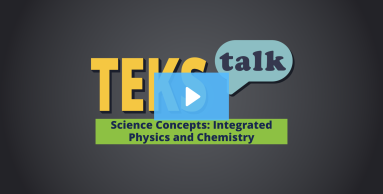
Knowledge and Skills Statement
The further explanation is designed to be a resource for educators that helps them better understand the topic their students are learning. Further explanations may be written at a more complex level than would be expected for students at the grade level.
As an educator, it is helpful to understand that the Bohr model has limitations. The Bohr model is accurate only for the elements in the first three periods of the periodic table. The properties of transition elements can be explained by their electron configurations, with the valence electrons existing in specific orbitals. For example, gold is an excellent conductor of electricity because its valence electrons are so far away from the nucleus that they can flow much more freely than, for example, Boron.
Bohr model for Gold
Bohr model for Boron
Note the change in the pattern of electrons from boron to gold.
Research
Kaya, Ali. "Addressing Student Misconceptions About Atoms and Examining Instructor Strategies for Overcoming Them." Journal of Pedagogical Research 7, no. 4 (2023): 251-262. https://doi.org/10.33902/JPR.202323077
Summary: This paper examines the misconceptions held by students about atoms and determines the suggestions of the instructors (academics and teachers) to overcome these misconceptions. It is recommended that atomic models not be taught in primary school education and that three new methods could be used in teaching this subject.
Research
Aquilina, Ginevra, Umberto Dello Iacono, Lucia Gabelli, Luca Picariello, Giacomo Scettri, and Giulia Termini. “Romeo and Juliet: A Love out of the Shell: Using Storytelling to Address Students’ Misconceptions and Promote Modeling Competencies in Science". Education Sciences 14, no. 3 (2024): 239. https://doi.org/10.3390/educsci14030239
Summary: In this paper, the authors present the design of a Teaching—Learning Sequence (TLS) based on storytelling. A qualitative analysis of the data shows that the TLS was able to engage students and helped them reconstruct the atomic model, while the story improved students’ understanding of specific concepts related to the atomic model.
